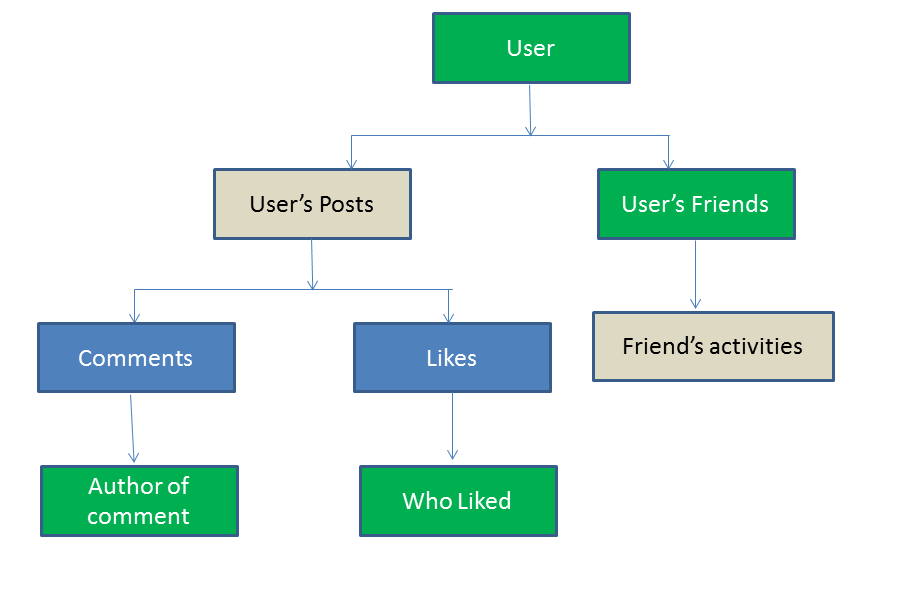Various investigations have revealed that every time we hear an object, we recover it using an image of our brain. For instance, if i ask you “You like apples?” . Won't think of alphabets “a”, “p”, “p”, “l”, “e”, it will remember all the relevant information about the apple using the image of an apple. This is how our data processing possibly works in our brain. Of course it is complicated and very efficient. Now, if you ask “What is a database?”, You will mainly think of a collection of related tables. If the same question had been posed to a person in the 1920s 1990, possibly I would have only thought of a single large table from which I would retrieve all the information, but today we have really moved on from this simplistic definition of databases.
This article will help you understand what kind of database currently exists in this industry. I also did an interesting exercise of plotting these types of databases in a tree structure with a time axis. This will help you visualize how the definition and application of the database changed over time..
Evolution of the database management system
We are too used to timelines on Facebook. I thought it would be a good idea to start this article on a similar line. Below is a tree to help you map all types of popular database management systems on a timeline:
The schedule varies from the decade of 1980 to date and is not exhaustive of all forms of data management systems. But nevertheless, we will be able to cover most of the popular data management system.
Flat file database
This is probably the easiest to understand, but today it is rarely used. You can think of this as a single huge table. These types of data sets were used for a long time in the 1990s. 1990, when the data was only used to retrieve information in case of concerns. In these databases it was possible to perform very primitive analyzes.
Relational database
Soon people begin to realize that such tables will be almost impossible to store in the long term.. Flat File brought a lot of redundant data in each entry. For instance, if I want to create a single dataset with all the products bought from a grocery store with all the customer and product information, we will have each row consisting of all the customer and product information. Wherever we have a repeat product or customer, we have repeated data. People thought of storing this as different tables and defining a hierarchy to access all the data, that will be called as hierarchical database.
Hierarchical database it is very similar to the folder structure of your laptop. Each folder can contain subfolders and each subfolder can still contain more subfolders. Finally in some folders we will store files. But nevertheless, each child node (subfolder) will have only one parent (folder or subfolder). Finally, we can create a hierarchy of the dataset:

Below is an example RDBMS data structure:
As you can see from the above diagram, there are several keys that can help us to merge different data sets in this database. This type of data storage optimizes the occupied disk space without compromising the details of the data.. This is the database generally used by the analytics industry. But nevertheless, when data loses structure, said database will not be of help.
NoSQL database
NoSQL is often known as “No solo SQL”. When people realized that unstructured text contained tons of information that they couldn't extract using RDBMS, began to explore ways to store such data sets. Anything that is not RDBMS today is loosely known as NoSQL. After social networks gained importance in the market, such a database became common in the industry. Below is an example where it will be very difficult to store the data in RDBMS:
Facebook stores additional terabytes of data every day. Let's try to imagine the structure in which this data can be structured:

Final notes
Databases form the foundation of the analytics industry. Even if we don't know each of them in detail, we should have an overview of the entire spectrum of databases. In this article we discuss popular types of data sets and how the need for databases evolved over time.. In the next article we will continue the same discussion and take a further step in understanding the types of NoSQL databases.
Was the article helpful to you? Share with us your experiences with different types of databases. Let us know your thoughts on this item in the box below..








